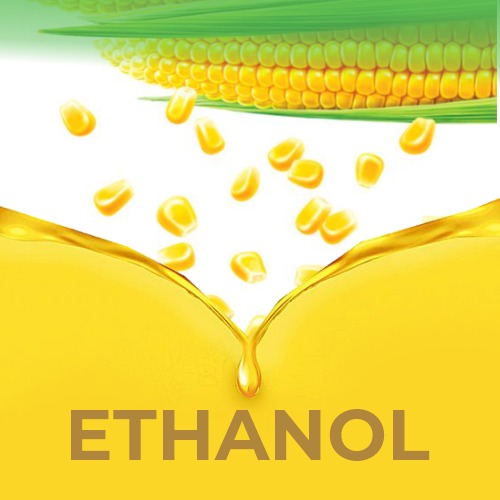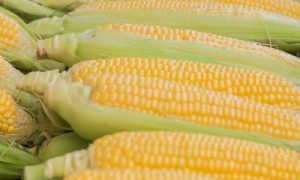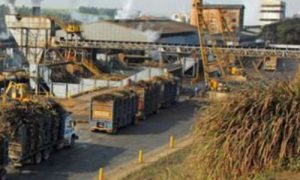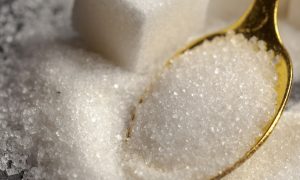Brazil is about to experience a historic turnaround: corn-based ethanol will equal sugarcane by 2034 and promises to change the clean energy landscape

Brazil’s corn ethanol production is set to reach 24.7 billion liters by 2034/35, matching sugarcane ethanol. For 2025/26, output is 10.2 billion liters, with regional expansion reducing deficits. Sugarcane production drops 2.3%, ethanol falls 4.9%, while sugar rises 3.1%. Global electrification and fuel price cuts may pressure ethanol demand.
A corn ethanol production in Brazil must reach 24,72 billion liters by 2034/35, equaling the current volume of the sugarcane ethanol, as predicted by datagro, presented by Plinio Nastari during the 25th Sugar and Ethanol ConferenceIn 2025. According to the study, the sector is heading towards a structural transformation driven by the advancement of new plants and efficiency gains.
Currently, the country has 25 plants in operation, 18 under construction e 19 in design phase, numbers similar to those anticipated by The AgriBiz in the beginning of the month. A capacity installed of corn plants is estimated at 11,14 billion liters with effective production of 10,2 billion liters in the harvest 2025/26. With the entry of new plants by 2026, supply is expected to grow between 3 and 3,5 billion liters, consolidating the projection of 24,7 billion liters in 2034Or this equals the volume to sugarcane ethanol, estimated by datagro em 25,99 billion liters.
Furthermore, expansion of plants in the Northeast It tends to reduce the regional deficit of ethanol. According to datagro, the region must register drop of more than 400 million liters between harvests 2024 / 25 and 2025 / 26, What represents 10% reduction. Up to 2030, the deficit could fall 85%, thanks to the internalization of production and the reduction of dependence on biofuel from the Center-South. Nastari emphasized that the expansion to new states increases local availability e stimulates regional consumption.
Сorn ethanol remains competitive, highlighted the datagro. Сost per liter must oscillate between $ 2,02 and $ 2,30 in the next harvest, while the sugarcane ethanol must cost R$2,86. Even with the increase in the price of eucalyptus biomass, the main source of energy for power plants today valued at R$ 7,71 per bag, the sector maintains margin of competitiveness. Nastari recalled that six years ago the wood chips cost R$120 per ton, and now varies between $ 240 and $ 500, depending on the distance from the plants. Still, the low operating cost continues to be a differential that guarantees profitability and expansion.
Our United States, exportable surplus ethanol must increase in 2025, driven by corn price hike and lower demand for gasoline. The movement is a reflection of the fleet electrification, which must represent 21,6% of car sales in 2025before 18,4% in 2024According datagro. On Brazil, the share of electrified vehicles should rise from 7,4% to 10,2%, while at China the index will reach 51,3% and on Europe, 61,2%These factors reduce global demand for ethanol and may put pressure on prices. Furthermore, Petrobras reduced the price of gasoline em BRL 0,14 per liter on October 21th, 2025, fall of 4,9%, which also affects the competitiveness of biofuel. In this context, the Brazil must import ethanol between December 2025 and March 2026, period of sugarcane off-season, and some ships have already been named in the USA to serve the Brazilian market.
A crop 2025/26 be heterogeneous, impacted by drought and fires of 2024. A sugarcane production must fall 2,3%, totalizing 607,38 million tons, while the ATR must retreat 2,6%. On the other hand, the sugar-ethanol mix must rise to 52,1% focused on sugar, resulting in 3,1% increase in sugar production, which should reach 41,42 million tons, is at 4,9% drop in ethanol production and also to 33,23 billion liters. According to Nastari, the sector still presents resilience, with gradual recovery in the less affected areas and regular levels of productivity in part of the producing regions.
To Read more about Sugar Industry continue reading Agriinsite.com















